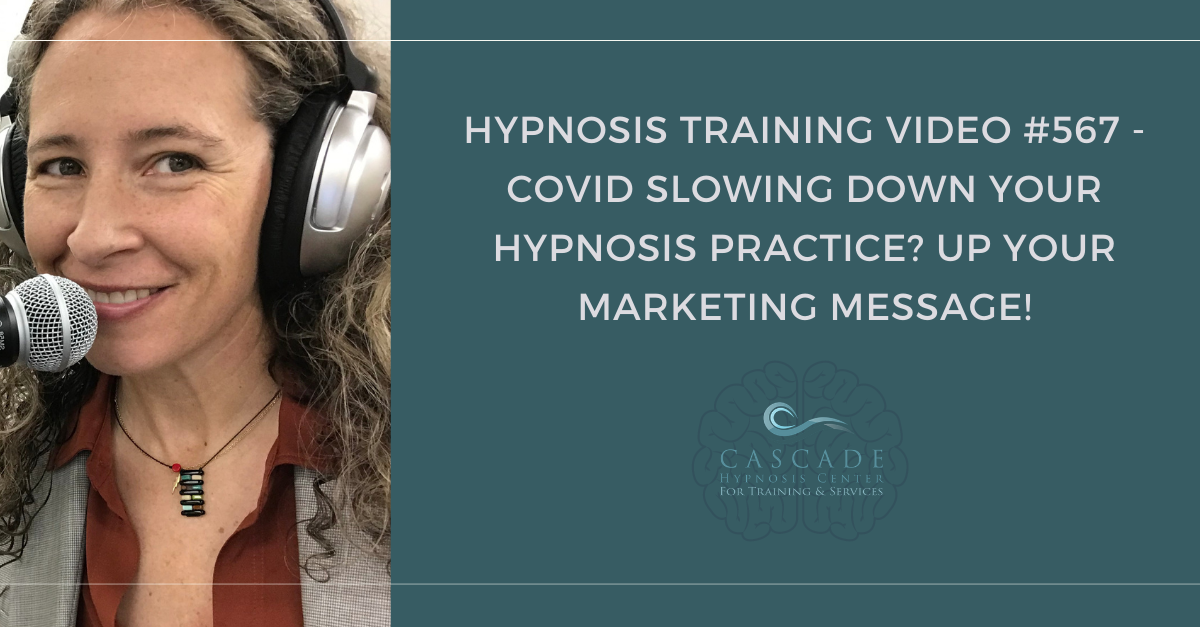Reprogram Your Weight Sneak Peek: Mindful Eating
Reprogram Your Weight has been gaining popularity for being a program that generates realistic and lasting results -- even for people that have tried several diets, workout systems, and maybe even lost weight before but gained it back. It cuts through the frustration of cravings and emotional eating to support feeling good and comfortable in your body.
Why does Reprogram Your Weight work so well?
This short video is a great introduction before we dive into more specifics of mindful eating.
@djdancinghypnotist The first guideline of reprogram your weight - eat only when youre actually hungry. Wait for a hunger signal from your body and feel good knowing its time to eat. Visit ReprogramYourWeight.com to get started with a free copy of my bedt selling book 9with the same name ❤️ #hypnosisforweightloss #reprogramyourweight #emotionaleatingcoach ♬ original sound - Erika Flint Dancing Hypnotist
As a special sneak peek into the Reprogram Your Weight Program, I'd like to share some important additional information about mindful eating.
Mindful eating is a powerful practice that can transform your relationship with food and help you achieve a healthier lifestyle. By bringing awareness and intention to the way you eat, you can break free from restrictive diets and develop a more balanced and sustainable approach to nourishing your body. Here are some key principles of mindful eating and how to start transitioning into a new and empowering approach to food.
Understanding Mindful Eating
Beginning the practice of mindful eating is a big shift from time-based eating to a more intuitive and mindful approach. The goal is to reconnect with your body's hunger cues and eat when you are truly hungry, rather than relying on strict schedules. Mindful eating allows for flexibility and recognizes that you don't have to eat perfectly all the time to achieve your health goals.
Think of it like learning to play darts. You're not going to hit the bullseye right away, and even just getting near the board is a success. Be kind to yourself as you start and focus on the small changes. It will take time and practice to be able to hit those bullseyes consistently.
Listening to Your Body's Signals
Similar to practicing an instrument or sport, mindful eating takes time and practice to master. Begin by paying attention to your body's hunger signals. Just like you know when it's time to use the bathroom based on bodily sensations, you can relearn to recognize true hunger cues. Society often trains us to eat for emotional reasons or according to set mealtimes, but mindful eating aims to bring us back to the natural rhythm of our bodies.
Using the "Would I Eat" Technique
To reinforce mindful eating habits, use a simple technique called "Would I Eat." Choose a food that you would only eat if you were genuinely hungry. For example, broccoli or cucumbers. Place a magnet or note with that food's name on your refrigerator. Whenever you find yourself in front of the fridge unsure if you're truly hungry, ask yourself if you would eat that specific food. If the answer is no, it indicates that you're not genuinely hungry, and it's an opportunity to explore alternative activities to fulfill your needs.
You can learn more about how to achieve this by reading about The Broccoli Test, which is another technique used with Reprogram Your Weight.
The Role of Healthy Food
Having healthy food readily available is crucial for successful mindful eating. It's so easy to get caught up with the business of your day which leaves with you little time to buy or prepare food. Stock your home, car, and workplace with nutritious options that your body recognizes as food for easy access. Instead of defining healthy food universally, consider what your grandmother would recognize as food or opt for items that are fresh and would go bad if left out on the counter. While convenience is important, be mindful of processed foods and choose options with recognizable ingredients.
Individualized Approach
It's essential to remember that there is no one-size-fits-all approach to healthy eating. Each person has unique dietary needs and preferences. Avoid prescribing specific foods to others and focus on what works best for your body. Some people thrive on certain foods they can routinely enjoy, while others find different choices more beneficial. Avoiding food restrictions and finding enjoyment in the foods that nourish you is key to sustainable mindful eating.
Portion Control and Timing
Mindful eating encourages consuming half-sized portions based on your previous eating habits. This approach allows you to gauge your hunger levels accurately and avoid overeating. Remember, you can always go back for more if necessary. Eating within 30 minutes of feeling hungry is also crucial to prevent excessive hunger, which often leads to overeating.
Recognizing the Body's Energy Stores
Contrary to popular belief, your metabolism doesn't decrease when you don't eat. In fact, your body taps into stored energy (fat) when it's not receiving food. This process can actually provide you with more sustained energy than constant food digestion. By eating mindfully and according to true hunger signals, you can tap into your body's natural energy sources and feel more energized throughout the day.
Embracing mindful eating is a powerful step towards developing a healthier and more balanced approach to food. By reconnecting with your body's hunger cues, providing nourishing options, and practicing portion control, you can free yourself from restrictive diets and enjoy a more fulfilling relationship with food. Remember, mindful eating takes time and practice, but the rewards of improved health, increased energy, and a more relaxed mindset are well worth the effort.
If you'd like to explore everything offered with the Reprogram Your Weight full program, visit reprogramyourweight.com.



